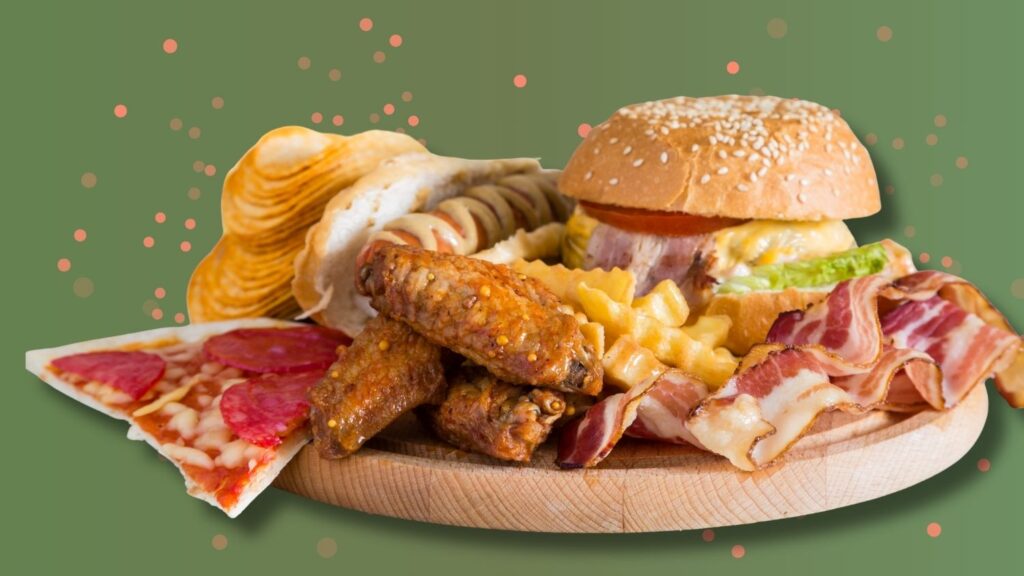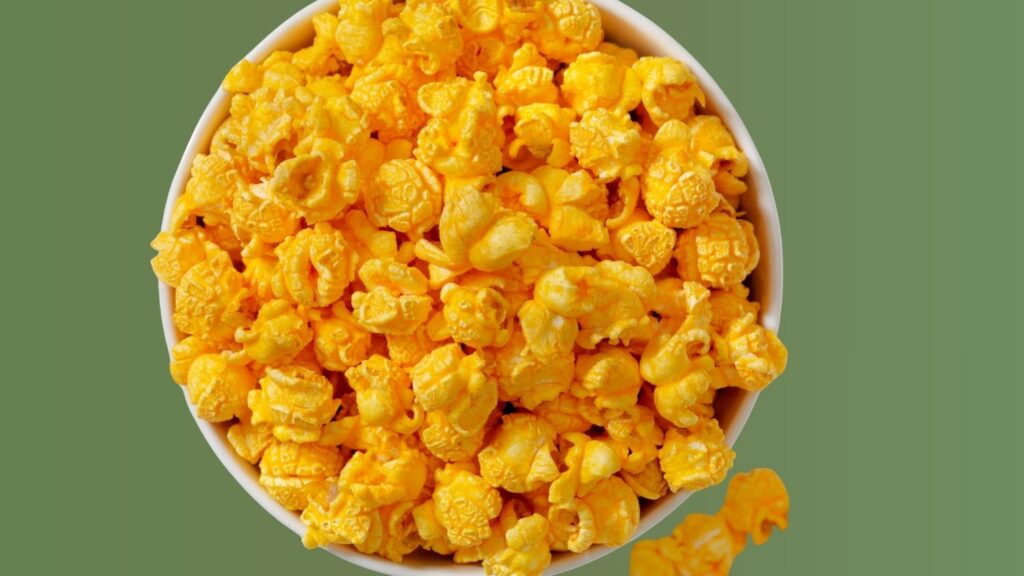Reducing the large amounts of sodium in the average person’s diet remains a significant goal of government health regulators, food and beverage developers, and even consumers themselves.
And for good reason.
According to the American Heart Association (AHA), 9 out of 10 Americans consume too much sodium. But by how much?
Their data suggests that the average American consumes about 3,400 milligrams of sodium per day. That’s more than 2.25x the 1,500 milligrams they recommend for ideal heart health.
Interestingly, 14% of this sodium is naturally occurring, but only about 11% is added while cooking or eating.
Which means that over 70% of our sodium intake comes from either processed or restaurant foods.

However, this doesn’t appear to be due to a lack of desire to eat low or lower-sodium foods.
A survey of over 6000 US adults found that 52% of respondents wanted to eat a low-sodium/salt meal when dining out, yet, perhaps unsurprisingly, only 6% actually ordered one.
While increasing market and menu proliferation will obviously cause an uptick in these numbers, options are only part of the solution, and perhaps not even the biggest one.
“The presence of salt increases the perception of overall taste and flavor, literally and psychologically,” says Emily Sheehan, Applications Manager EMEA/APAC at Edlong.
“What’s the first thing you do when you try something and it seems bland? You reach for the salt shaker. Not just because adding more saltiness makes things taste better, which is often the case. But because the additional salt can help to enhance how your tongue perceives other flavors like sweetness and umami.”
This “perception problem” doesn’t stop there.

Sheehan explains how this bias towards saltier foods isn’t merely a result of biology and psychology, but also one of experience.
“There is another reason why consumers hesitate to buy lower-sodium products, and it’s that in their personal experience they may not have been very good.”
Fortunately, just products with sodium-reduced formulas may have missed the mark on taste in the past, but that doesn’t mean that has to continue.
Reducing Sodium, by Boosting Flavor?
One way developers may look to reduce sodium is to switch from standard sodium chloride to substitutes like potassium chloride and calcium chloride.
Sheehan believes this can be part of your approach, but usually, a simple swap doesn’t work as a complete solution.
Why? Simple, they don’t taste like salt.

“When developers try to reformulate with sodium alternatives, they might be able to recreate the saltiness sensation, but this usually comes with the knock on effects of adding off-notes that then need to be masked.”
This is where Sheehan asserts that having an experienced partner to help develop a comprehensive flavor-centered strategy for sodium reduction is crucial to changing the narrative around low-salt products.
Cheese Please
“Whether it’s seasonings or sauces, or just about anything else, cheese profiles can have an incredible impact on successfully lowering the salt content of your formulation, without sacrificing on taste. In fact, with the right pairings, you can actually increase flavor and end up with something even better,” says Sheehan.
The inherent umami savoriness and salty taste characteristics of many cheese profiles make them a perfect choice for sodium reductions.
The natural yeastiness of a Cheddar, or the rich savory complexity of Parmesan, Romano, Feta, Asiago, and more, can help bring an added layer of flavor that evokes a perception of salty savoriness, helping to balance out the taste experience of salt-reduced formulas.
“There are also things we can do with a given profile to further enhance its effectiveness for salt reduction. For example, by pairing certain fruity notes like ketones from a Blue Cheese flavour or citric acid commonly found in citrus fruits with a Cheddar, you can add an even greater flavor boost.”

Experimenting with Exotic
In addition to cheese, other flavor trends can also help to shift the paradigm around lower-sodium products.
One in particular is consumers’ continued desire to experience exotic flavors from around the world.
Specifically Asian flavors with their unrivaled umami complexity offer increased savoriness and variety.
Miso, teriyaki, and bulgogi, to name a few, help offer unique taste experiences with enough savoriness to make a tangible difference.
Then, of course, there is always the option to spice it up.
This could also be with trending Asian flavors like gochujang, kimchi, Szechuan spice, and chili crisp, or any other exotic flavor like Tajin, harissa, or curry.
Not only do these pack incredible amounts of flavor, but the spice can help improve the overall salt perception, even in reduced formulations.
Still, while the choice of flavor profile plays a major role in any strategy, combining it with the latest in flavor technologies is what makes a truly comprehensive solution.

Better Technology to Unlock Success
From cutting-edge salt enhancement technologies to mouthwatering technologies, as well as innovative masking solutions, Edlong is leading the way in helping developers reduce salt
without sacrificing flavor.
Nowhere was this better illustrated than in one of the stellar demos from this year’s IFT First in Chicago.
Utilizing a combination of Edlong’s authentic dairy flavors, salt enhancement, and mouthwatering technologies, the Cheddar/Asiago Cheese Seasoning on potato chips not only managed to pack incredible flavor that wowed attendees, but it did so with an impressive 30% reduction in sodium.
Learn how you can try this demo, and others, to taste for yourself what Edlong could do for your next sodium reduction project.
Topics: Better For YouHealthy ReductionSeasonings
Resource Type: Article